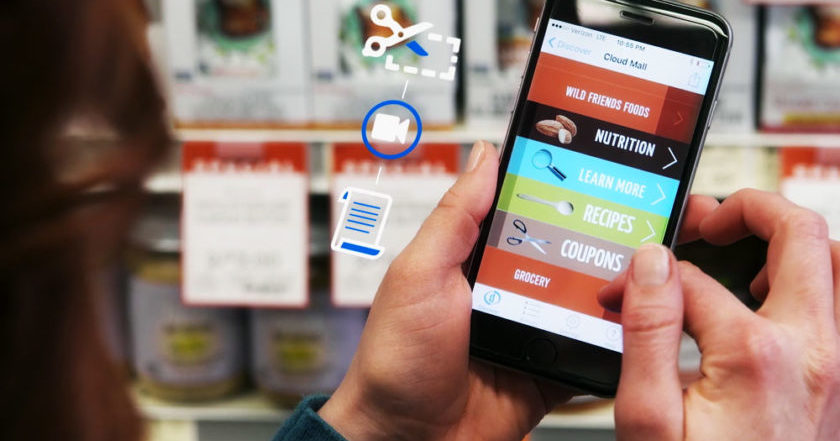Connections

Digimarc CEO: Retailers Still Being ‘Cautious’ About Replacing Traditional Barcode
Story Highlights
It’s taking a while to expand Digimarc Barcode across retail stores industrywide because retailers are “suitably cautious” about replacing the traditional barcode that they and other companies have used for so many years, according to Bruce Davis, the company’s CEO.
“It’s a lot of work” to implement Digimarc Barcode and includes lots of testing at stores including early Digimarc customer Walmart, but that work is “unavoidable,” he said May 15 at the Needham & Company Emerging Technology Conference in New York. “If we had a lot more money, I think we could have done it maybe a little bit quicker, but not necessarily a lot better,” he said.
For now, the company’s geographic focus remains the U.S. but it continues to build resources in Germany and Japan, he also said. “While we establish and nurture collaborations that lay the foundation for the revolution in the global supply chain that we think we will foster,” the company continues to take a “cautious approach to geographic market expansion,” he told the conference.
Davis also pointed to two of Digimarc’s most recent announcements: its support of SmartLabel and availability of Digimarc Barcode scanning capabilities within the SmartLabel app, as well as a new 15-year partnership with Microsoft that includes the integration of Digimarc scanning software into Windows, as part of the Windows 10 update.
The SmartLabel program was developed by the Grocery Manufacturers Association (GMA) and the Food Marketing Institute, collectively called the Trading Partner Alliance (TPA), to give consumers a way to digitally access more detailed product information than could fit on a package.
Davis called SmartLabel an “industry initiative to provide transparency to consumers” by providing product information, he said. Of the Microsoft deal, he said: “We and Microsoft believe” the Internet of Things (IoT) is “premised on accurate identification of the thing to be augmented. If you misidentify what will be augmented, obviously very bad things happen.”
He went on to stress the advantages of Digimarc Barcode for Thermal Label, saying that technology makes scanning products easier, provides better data, and enables more efficient inventory audits by store associates and robots. Across the board, it “improves the experience” for consumers and employees, providing “easier, more accurate reads and better data everywhere,” he said.
The technology arrives at a time when the retail market is “in quite a bit of stress,” he said, adding: “There is SKU proliferation feeding into fragmented markets, with new channels and new retail formats.
The industry is plagued by low margins, intense competition [and] a major disruption from Amazon, while consumers are demanding not only low prices and great convenience in these fragmented markets, but they want more information to make their purchase decisions on and the regulators are backing them up with requirements for more information.”
Brand loyalty is being weakened because of those challenges, and there is a “need for operational efficiency” more than ever before, which Digimarc’s technology provides, he said.









